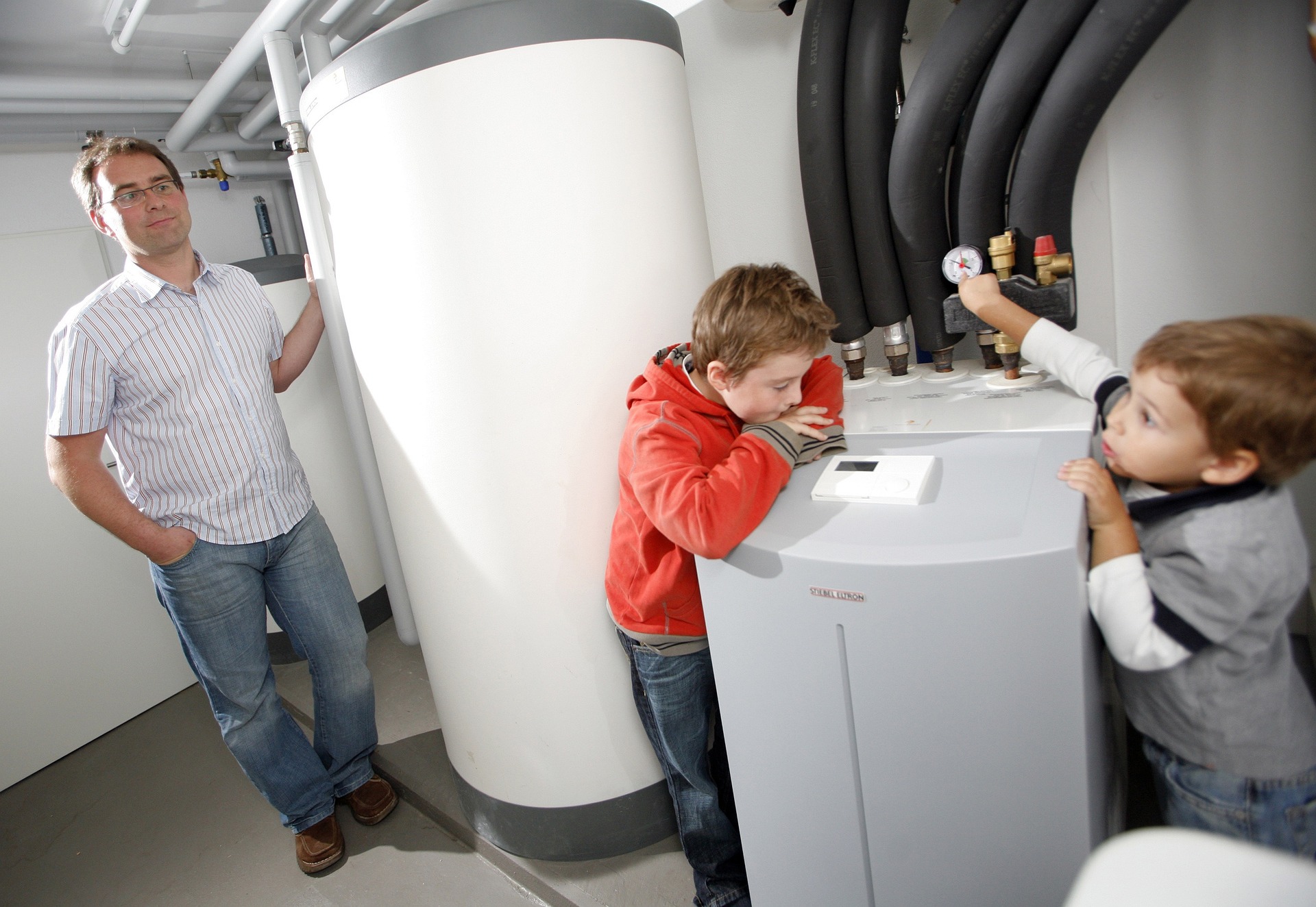Why HVAC Experts Say Dirty Air Ducts Waste More Than Just Energy
Dust and debris inside air ducts don’t just affect air quality — they can also make heating and cooling systems work harder. That means higher bills, more wear on parts, and air that never feels quite clean. This article explains what homeowners overlook, what professionals find inside ductwork, and why regular maintenance may save more than you think.

When HVAC systems work harder due to restricted airflow from dirty ducts, the consequences extend far beyond monthly energy expenses. Professional technicians consistently find that neglected ductwork creates a domino effect of problems that impact both system performance and household health.
How Dirty Air Ducts Increase Energy Bills and System Wear
Contaminated air ducts force HVAC systems to work significantly harder to maintain desired temperatures. Dust, debris, and buildup create resistance that reduces airflow by up to 40%, causing equipment to run longer cycles and consume more electricity. This increased workload places excessive strain on components like blowers, motors, and compressors, leading to premature failure and costly repairs. Systems operating under these conditions typically experience 15-25% higher energy consumption compared to clean ductwork.
Indoor Air Quality and Dust Buildup Concerns
Dirty air ducts become breeding grounds for allergens, mold spores, and bacteria that circulate throughout living spaces. Pet dander, pollen, and household dust accumulate in ductwork over time, creating concentrated sources of airborne contaminants. When systems operate, these particles are continuously redistributed, affecting respiratory health and creating persistent dust problems that no amount of surface cleaning can resolve. Families with asthma or allergies often notice significant symptom improvement after professional duct cleaning.
Professional HVAC Inspection and Duct Cleaning Services
Certified HVAC technicians use specialized equipment to assess ductwork condition and perform thorough cleaning when necessary. Professional inspections typically involve camera systems that reveal buildup levels, structural issues, and potential contamination sources. Qualified service providers use powerful vacuum systems, rotary brushes, and antimicrobial treatments to remove accumulated debris without damaging ductwork integrity. Most professionals recommend inspection every 3-5 years, with cleaning performed when significant buildup is detected.
Home Energy Efficiency and Airflow Improvement Tips
Regular filter replacement represents the most effective preventive measure homeowners can take to maintain ductwork cleanliness. High-quality filters should be changed every 1-3 months depending on household conditions and system usage. Sealing duct leaks, insulating exposed ductwork, and ensuring proper ventilation also contribute to improved efficiency. Simple maintenance like keeping vents unobstructed and maintaining consistent temperatures helps reduce system strain and prevents excessive dust circulation.
| Service Provider | Services Offered | Cost Estimation |
|---|---|---|
| Stanley Steemer | Complete duct cleaning, sanitizing | $300-600 per home |
| Sears Home Services | Inspection, cleaning, maintenance | $250-500 per system |
| Roto-Rooter | Duct cleaning, dryer vent service | $200-450 per job |
| Local HVAC Contractors | Comprehensive cleaning, repairs | $150-400 per service |
Prices, rates, or cost estimates mentioned in this article are based on the latest available information but may change over time. Independent research is advised before making financial decisions.
Long-Term Benefits of Clean Ductwork
Maintaining clean air ducts provides cumulative benefits that extend system lifespan and improve household comfort. Properly maintained systems operate more quietly, distribute air more evenly, and maintain consistent temperatures throughout homes. Clean ductwork also reduces the frequency of filter changes and minimizes dust accumulation on furniture and surfaces. Investment in professional cleaning typically pays for itself through reduced energy costs and fewer repair needs over time.
Addressing ductwork maintenance proactively prevents minor issues from developing into major system problems. Regular attention to air duct condition ensures optimal HVAC performance while protecting indoor air quality and household health. Professional assessment helps homeowners make informed decisions about when cleaning becomes necessary and how to maintain systems effectively between service intervals.




